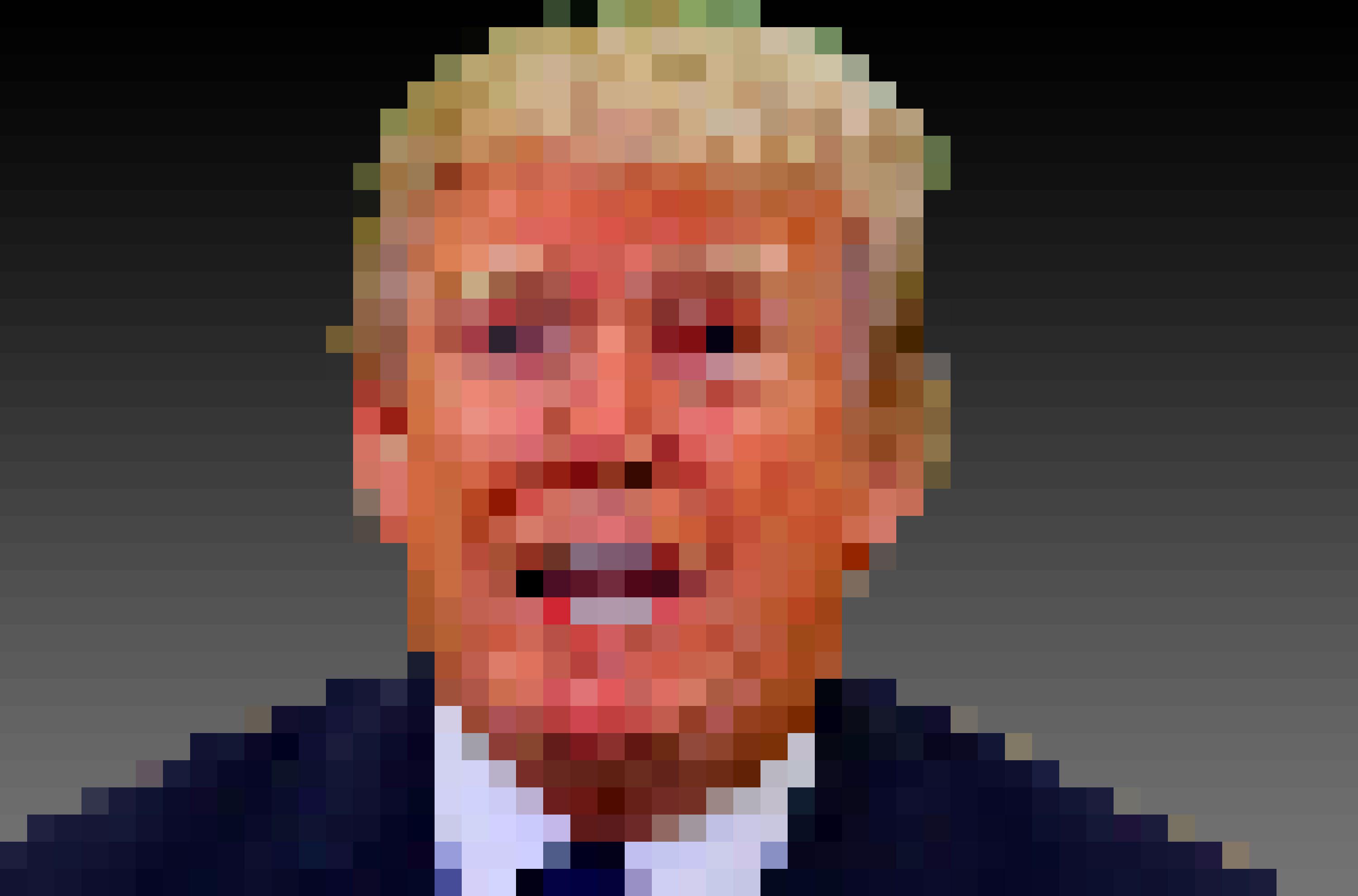
On Thursday, President Donald Trump gathered four video-game industry executives, three Republican lawmakers, and three activists against brutality in gaming for a White House meeting about violence in video games. “The video games, the movies, the internet stuff is so violent,” Trump said last week, as if Xboxes, not rifles, are the most dangerous implements that teenagers could buy at Walmart.
The meeting was closed to the press, but reportedly brought together both enthusiastic and reluctant participants. For the past few weeks, Trump and several GOP lawmakers have struggled to blame violent video games for inspiring Nikolas Cruz to open fire on Marjory Stoneman Douglas High School in Parkland, Florida on February 14. Cruz, wielding a semiautomatic Smith & Wesson rifle, killed 17 people and injured at least 15 others. The magnitude of the damage that Cruz inflicted has renewed popular concern that lax regulation of gun ownership, and gun modification, empowers mass murderers. The National Rifle Association has mocked and resisted the latest round of gun control proposals, and Republican lawmakers have, for the most part, remained entrenched in their unconditional support of private gun ownership. The NRA, too, has insisted the video game industry “sells” and “sows” violence; after Sandy Hook, the NRA blamed “video games, the media, and Obama’s budget.” For Trump, the focus on video games isn’t a long-term political solution to gun violence so much as it’s a short-term publicity solution to excess scrutiny of Republican lawmakers, their voting records, and the NRA.
Trump’s antigaming posturing is frustrating not only because it’s a half-hearted ruse, but also because debates over video-game violence have been uninformed and unreasonable since the turn of the century. After the 1999 massacre at Columbine High School, many politicians and activists made violent video games the scapegoat for gun violence among young, white men. Columbine gunman Eric Harris was reportedly a fan of the postapocalyptic shooter Doom, and his documented obsession with the game stoked early fears about the increasingly realistic, hyperviolent video games — first-person shooters, in particular — that started dominating the PC gaming and console markets in the 1990s. The fact that Harris and Dylan Klebold, two teenagers, were able to brutalize a high school with an easily acquired weapons cache somehow became secondary to the fact that Harris played a popular video game. Likewise, after the Parkland massacre, gun-control opponents have looked past Cruz’s private arsenal to obsess over his video-game consumption, which is related exclusively via interviews with one of his neighbors.
In the two decades since Columbine, the video-game industry has seen massive growth without sparking a comparable uptick in gun violence around the world. This great discrepancy between the United States, with its widespread gun ownership and lax regulations, and the rest of the world, with its relatively meager figures for gun ownership and, coincidentally, lethal crimes committed with guns, has long suggested that the problem isn’t the games, but rather the guns. Similarly, since the 2012 mass shooting at Sandy Hook Elementary School in Newtown, Connecticut, conservatives have misdirected public policy focus from gun control to “mental health,” yet another political red herring that doesn’t yet suggest any specific solutions (either ones that Republicans would support or any solutions in general). Much like the debate over violent video games, the plug-and-play mental health discourse that follows these shootings implores politicians, activists, and voters to stop talking about AR-15s, gun modifications, and ammunition — the actual implements of common carnage.
So here we all are, grousing about video games once again, as the NRA leadership breathes a long sigh of relief. I doubt the video-game executives seriously considered rejecting the president’s invitation, but it’s unclear what upsides the gaming executives feel they’ve gained by their participation. Surely, they know the White House is deploying their industry as a political shield for the NRA. As political theater, the meeting evoked the vapid CEO roundtables that the White House hosted in the earliest months of Trump’s presidency, until the president’s repeated encouragement of white supremacists scared the CEOs into quitting their formal partnership with Trump’s White House, opting to lobby his administration privately instead.
Hours before the meeting with Trump, the video-game publisher Activision — whose CEO didn’t attend the White House meeting — released the first trailer for its forthcoming Call of Duty game, Black Ops 4. The Call of Duty franchise is the biggest, most successful franchise in the history of first-person shooters, and its bloody depictions of past conflicts and modern warfare are informed by the U.S. Department of Defense. School shooters play these war games. So, too, do U.S. soldiers. And so do millions of first-person shooters who will never terrorize a school. These games do metabolize a certain aggression, and the euphoria and frustration they create is indeed fascinating. Plus, it’s certainly worth investigating the ideological effect, or at least the implications, of video games that promote and glamorize armed conflict, especially since these games now draw heavily on experiences and knowledge of members of the armed services. On a critical level, there are real conversations to be had.
But the politics are far simpler than Trump, the GOP, and the NRA are willing to admit: If Americans were to trade all their guns for PlayStation controllers and copies of Grand Theft Auto, the violence would fall. Politically, the hypothetical tradeoff is fraught; factually, it is that simple. Rockstar Games did not design or manufacture the machine that Nikolas Cruz used to kill his classmates. Smith & Wesson made it. Smith & Wesson owns it. By design, Smith & Wesson will kill again, and the only White House meeting worth holding would grapple primarily with that fact.

